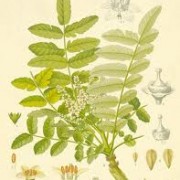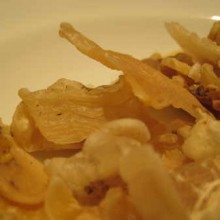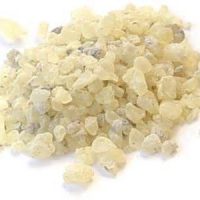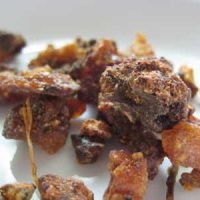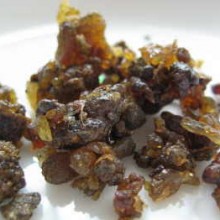Frankincense Pearls are the most economical way to buy the product – they are pure Boswellia carterii “peas” but are harvested by deliberately scoring the trunk of the tree to force gum production.
This resin is made up of roughly 65% gum, 30% resin and 4% essential oil. The crude resin of frankincense can be treated in one of two ways to produce liquid aromatics. The resin is soluble in chemical solvents and the essential oil can be steam distilled. The solvent extraction process produces a viscous, almost solid substance called resinoid. Resinoids are soluble in high-grade, odourless alcohols.
History of Frankincense Pearls
Frankincense has been used in perfumes & cosmetics for thousands of years. Today it is used as a fragrance component in soaps, cosmetics, perfumes, and incense.
Frankincense has been treasured for centuries and was burnt as the original incense to appease the gods. It was used by many cultures to treat almost all known ailments. It is botanically related to the tree that the essential oil myrrh is taken from.
The name for this resin likely comes from “incense of Franks” since it was reintroduced to Europe by Frankish Crusaders. Although it is better known as “frankincense” to westerners the resin is also known as olibanum, which is derived from the Arabic al-lubán (“the milk”) a reference to the milky sap tapped from the Boswellia tree. Some have also postulated that the name comes from the Arabic term for “Oil of Lebanon” since Lebanon was the place where the resin was sold and traded with Europeans. Compare with Exodus 30 : 34, where it is clearly named levonah, meaning either “white” or “Lebanese” in Hebrew.
The lost city of Ubar, sometimes identified with Irem in what is now Oman, is believed to have been a centre of the frankincense trade along the recently rediscovered ‘Incense Road’. Ubar was rediscovered in the early 1990s and is now under archaeological excavation.




